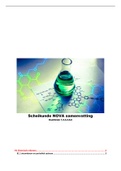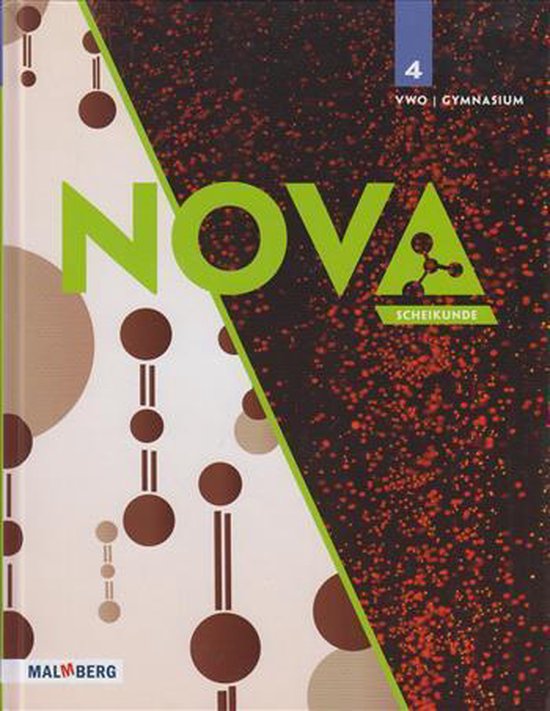Summary
OVERZICHTELIJKE en VOLLEDIGE Samenvatting van ALLE stof uit NOVA Scheikunde 4VWO (H1 t/m 6)
- Course
- Level
- Book
Eindelijk overzicht waardoor Scheikunde leren, makkelijker wordt dan ooit tevoren. De samenvatting is aangevuld door aantekeningen van docenten waardoor de samenvatting nog vollediger is. Nooit meer een onvoldoende voor Scheikunde! Ik heb zelf hierdoor altijd hoger dan een 8,5 gehaald! Het kost 8 e...
[Show more]




